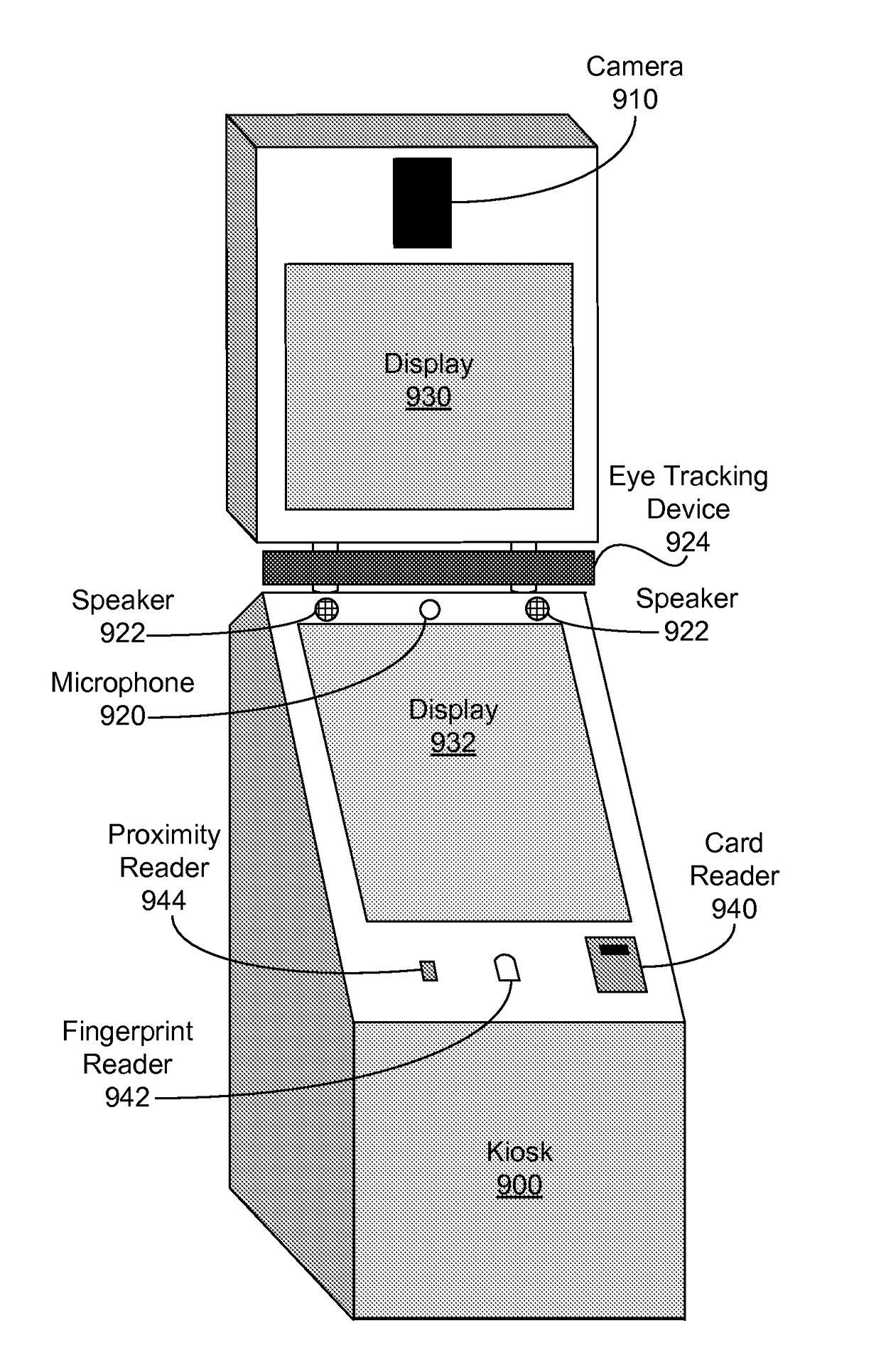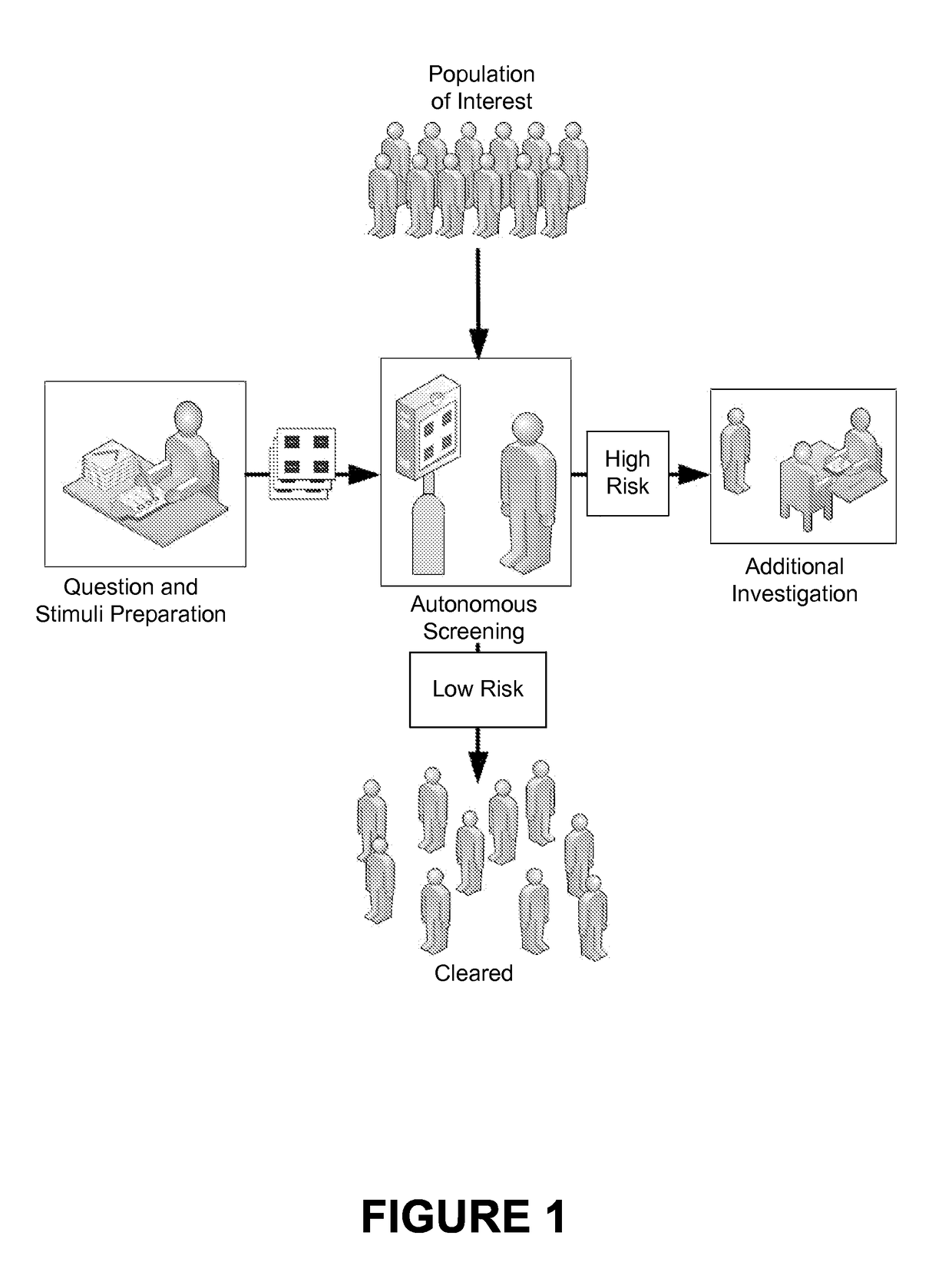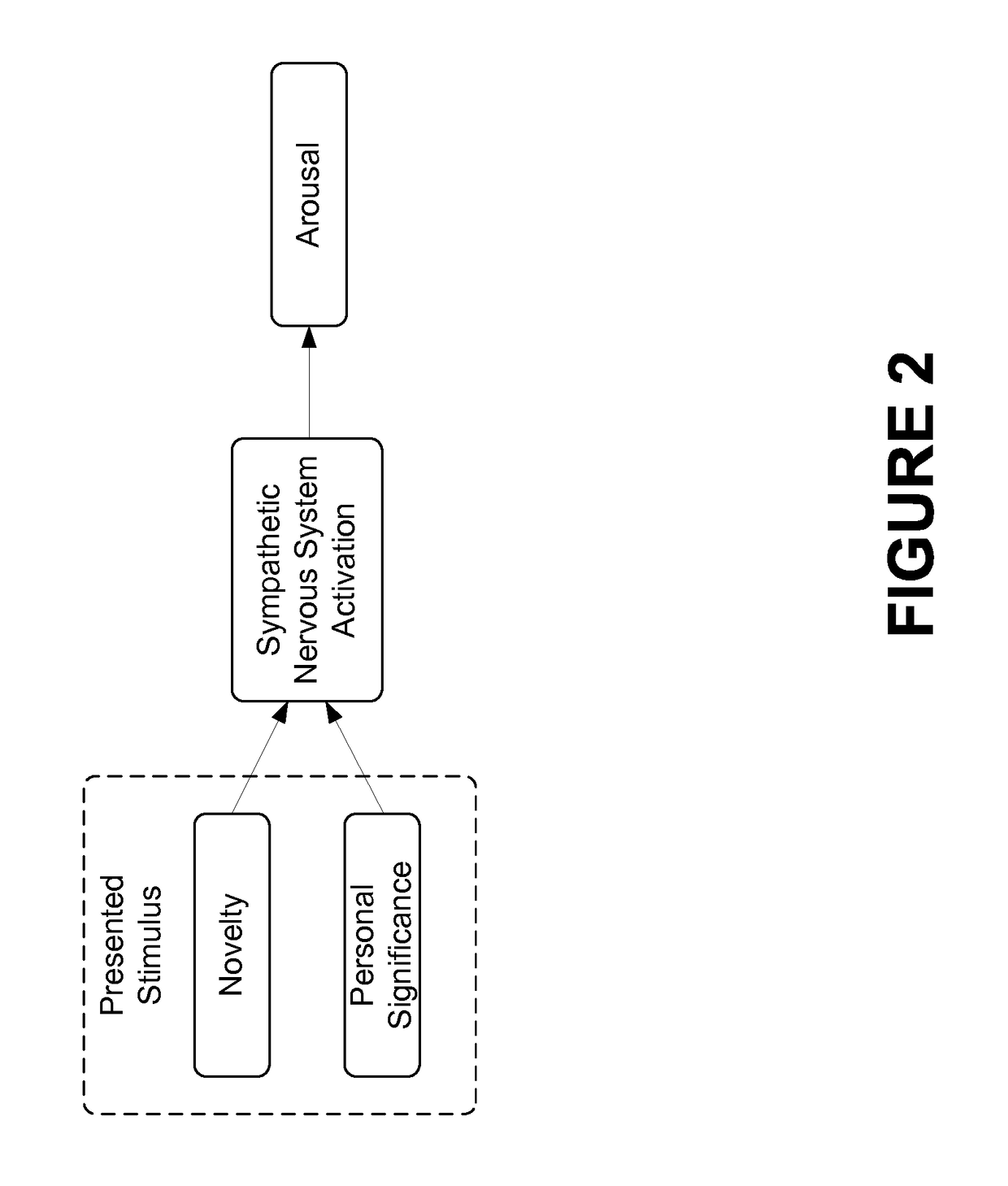Automated Scientifically Controlled Screening Systems (ASCSS)
a scientifically controlled screening and automatic technology, applied in the field of automatic scientifically controlled screening systems, can solve problems such as fatigue even of experienced agents, possible security breaches at worst, and disgruntled entrants
- Summary
- Abstract
- Description
- Claims
- Application Information
AI Technical Summary
Benefits of technology
Problems solved by technology
Method used
Image
Examples
example measures
[0120]The eye-tracking system generated raw data in a Cartesian coordinate format. Two measurements were derived for each participant and stimuli set combination. The first was the initial direction of the first saccade after each question (dummy coded as “1” if toward a critical foil item). This calculation reflects a cognitive psychology measure for determining initial attention. The second measure was the percentage of time spent gazing at the safety point location during the time provided for a response. Similar measures of time spent gazing at a particular stimulus have been employed as surrogates for attention in human-computer interaction, marketing, and cognitive psychology. However, this context is somewhat unique in that increased dwell time at the center point of the screen is expected to reflect attention toward a topic represented elsewhere on the screen.
[0121]Kinesic data was captured using a Microsoft Kinect sensor, by capturing the 3-dimensional Cartesian coordinates...
example ask
System Experiment Analysis and Results
[0123]In the first study, of the 172 participants, 36 were disqualified either because they did not follow instructions (23 cases) or because the system calibration process was unsuccessful (13 cases). Data from the remaining 136 participants (63 guilty, 73 innocent) were used in the analysis.
[0124]Manipulation check questions were included in the post-survey to determine 1) whether guilty participants possessed concealed information and 2) whether the concealed information was perceived as aversive by participants. The vast majority of participants (57 of 61, or 93%) in the guilty condition correctly reported that they had carried an illicit item through security screening. On the second day, 54 of 57 (95%) in the guilty condition correctly reported their attempt to carry an illicit item through screening. All participants in the innocent condition correctly reported on both days that they did not carry an illicit item. For each stimulus word, ...
PUM
 Login to View More
Login to View More Abstract
Description
Claims
Application Information
 Login to View More
Login to View More - R&D
- Intellectual Property
- Life Sciences
- Materials
- Tech Scout
- Unparalleled Data Quality
- Higher Quality Content
- 60% Fewer Hallucinations
Browse by: Latest US Patents, China's latest patents, Technical Efficacy Thesaurus, Application Domain, Technology Topic, Popular Technical Reports.
© 2025 PatSnap. All rights reserved.Legal|Privacy policy|Modern Slavery Act Transparency Statement|Sitemap|About US| Contact US: help@patsnap.com



